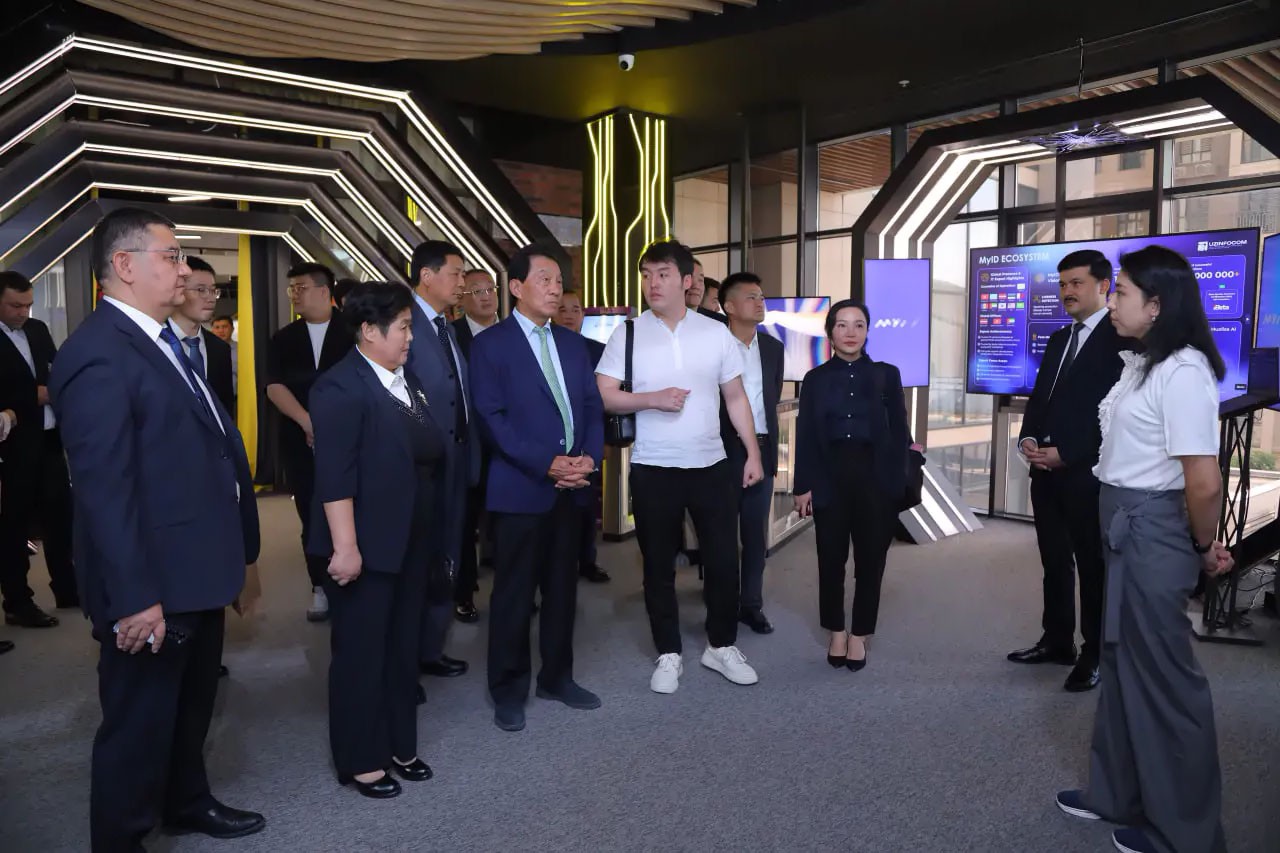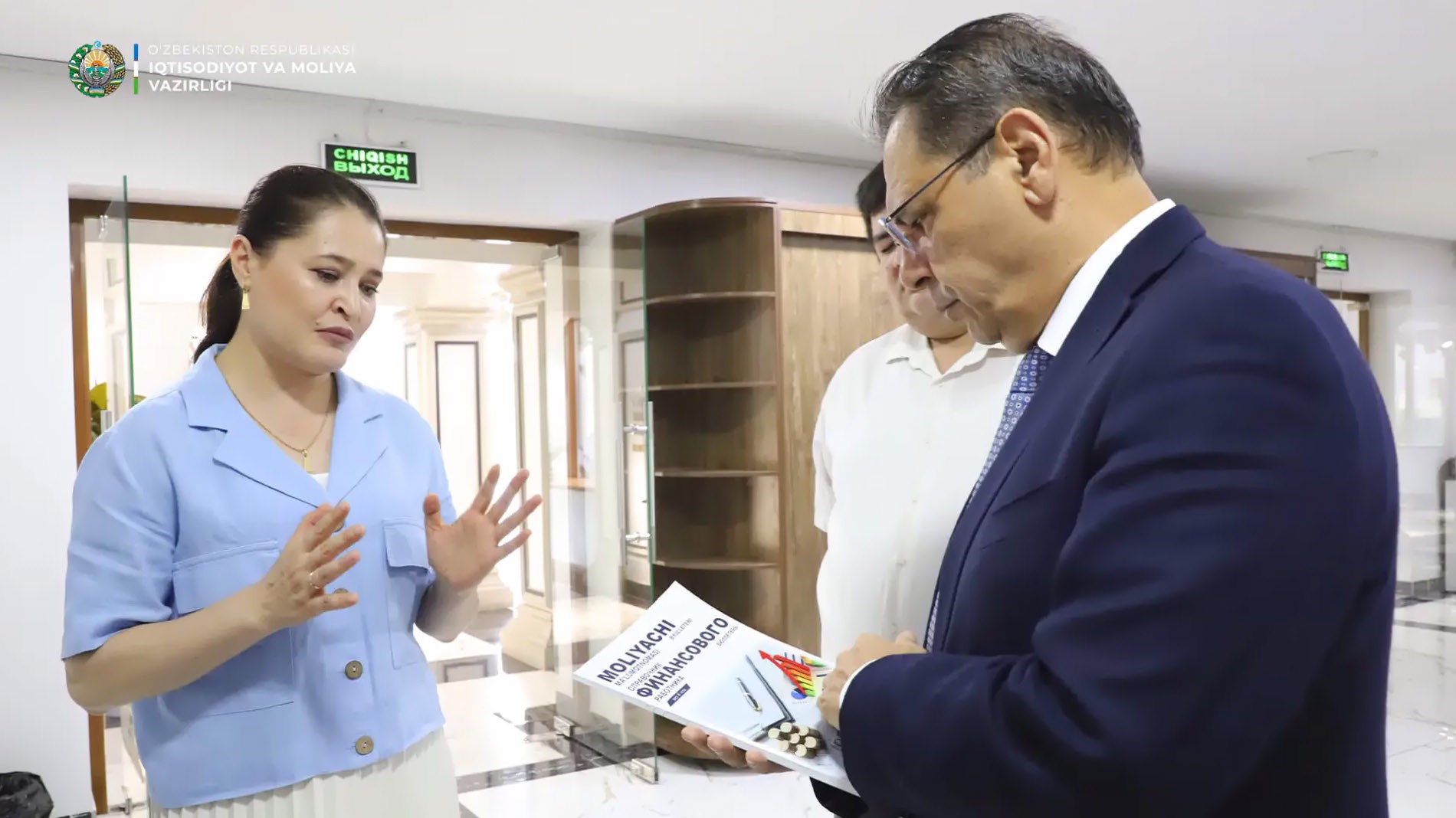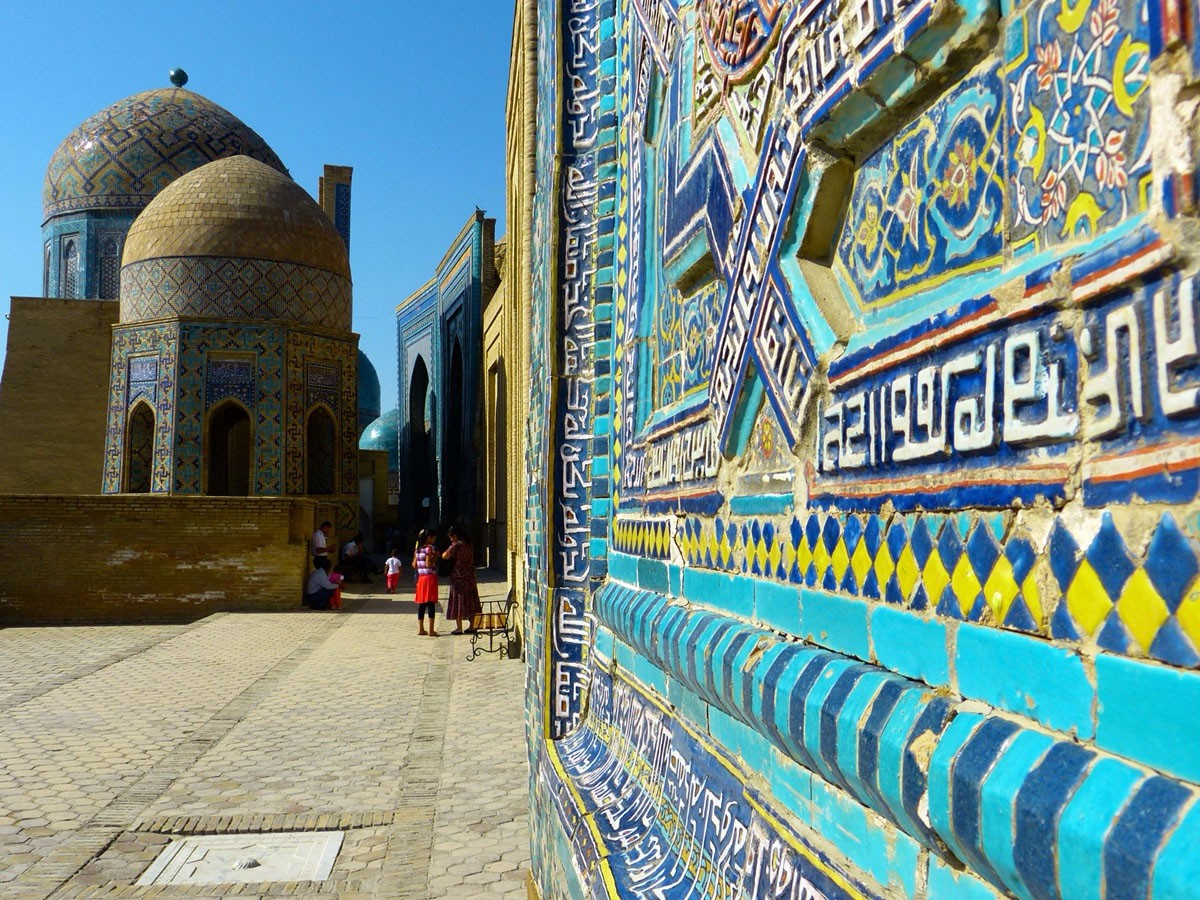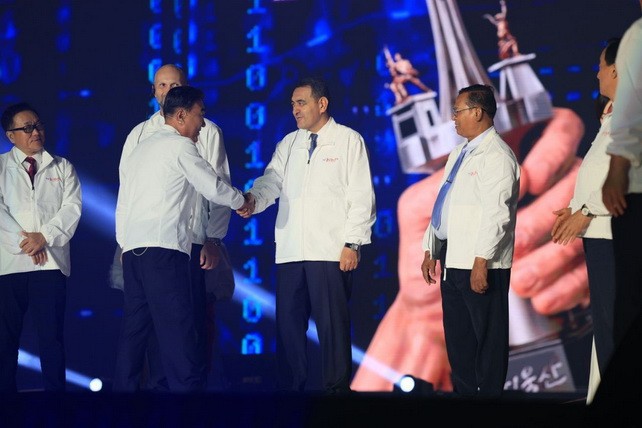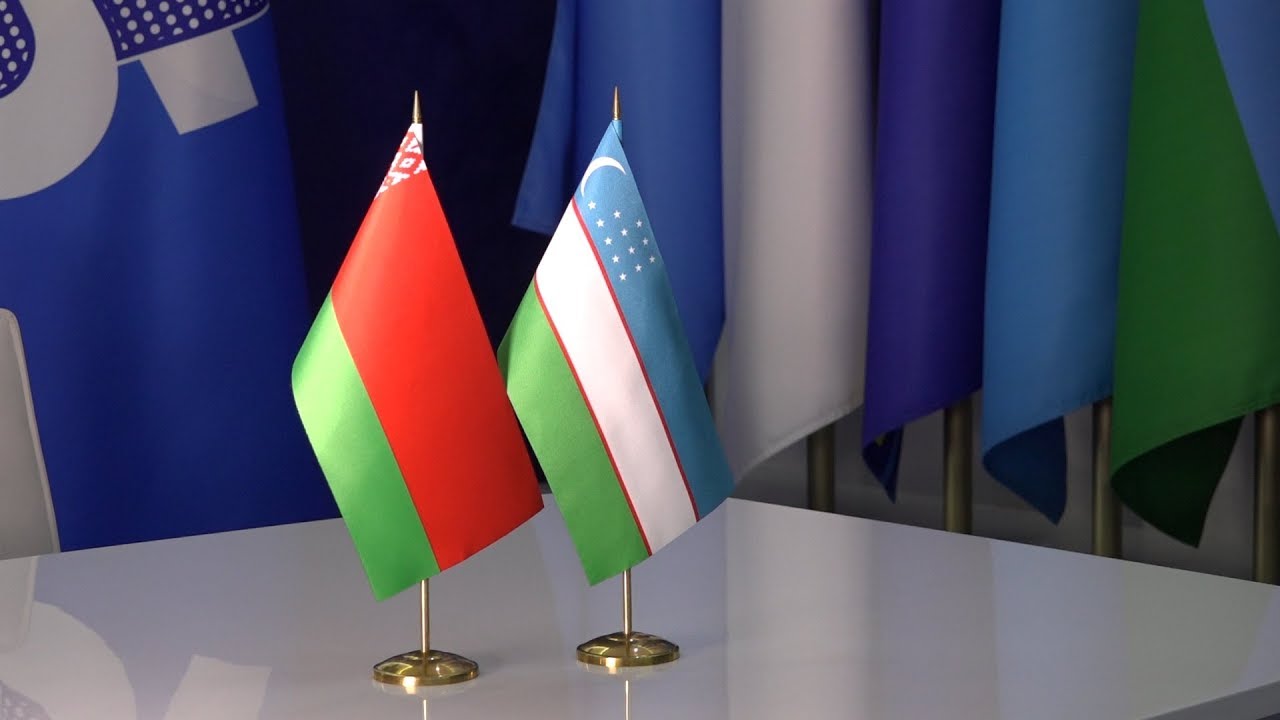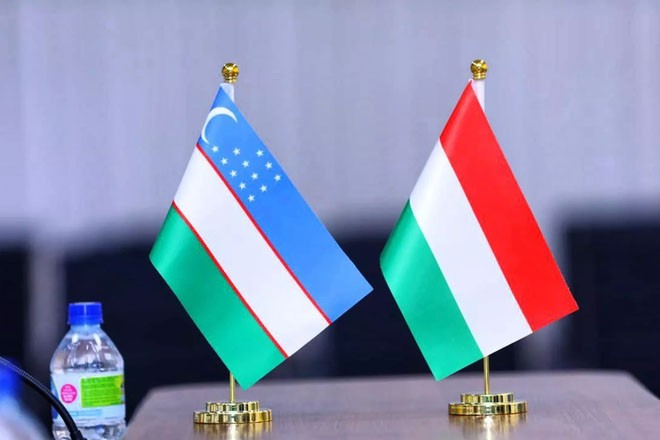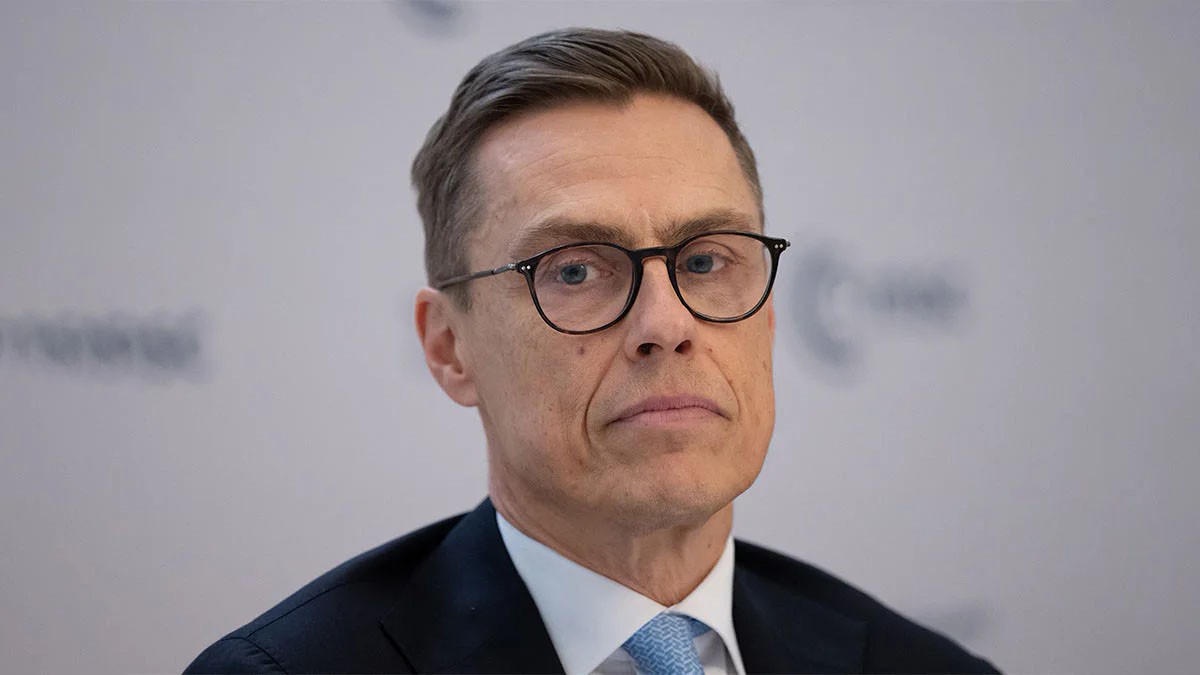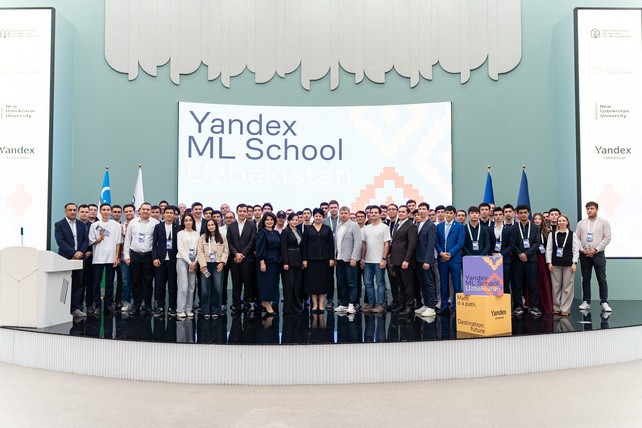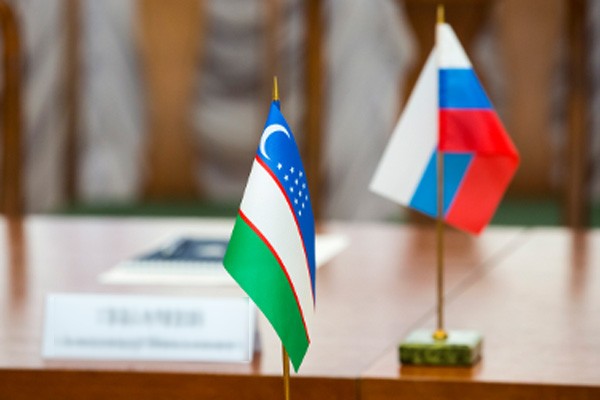Director of the Uzatom Atomic Energy Agency Azim Akhmedkhadzhayev said that the construction of a small nuclear power plant (NPP) in Uzbekistan will cost no more than $2 billion. The project is financed by external investment and concessional loans from China, while the burden on the state budget remains minimal. Russian loans are not used in this project.
Cost reduction and state control
Akhmedkhadzhayev stressed that specialists continue to reduce the cost of the station due to cost optimization. The Open Book principle ensures transparency of costs, and the country's leadership controls all financial processes. The authorities are considering purchasing equipment from Chinese manufacturers that operate under licenses issued by European companies. This approach has already reduced costs by $300 million.
Financing without Russian loans
The small nuclear power plant financing model involves attracting Chinese loans and international investment. At the same time, investors do not participate in the management of the station, but only receive dividends from the profit. The object's owner and operator is Uzbekistan.
Economic efficiency and prospects
Six reactors with a total capacity of 330 MW (55 MW each) will provide one of the lowest electricity prices in the world-from 1.5 to 2 cents per kWh. These indicators are comparable to tariffs for energy from renewable sources. Experts estimate the payback period of the station at 15-20 years.
Technologies and international control
Russia is involved in the project, but this does not create technological dependence. According to Akhmedkhadzhayev, the specialists chose the Russian reactor design based on the 2018 agreement, taking into account its reliability. At the same time, the authorities are negotiating with French and Chinese companies about the use of their technologies. The International Atomic Energy Agency (IAEA) monitors the implementation of the project.
Construction progress
The work is going ahead of schedule. The first concrete for the station is planned to be poured in the second quarter of 2026. Akhmedkhadzhayev noted that this project requires a special approach and careful preparation.


